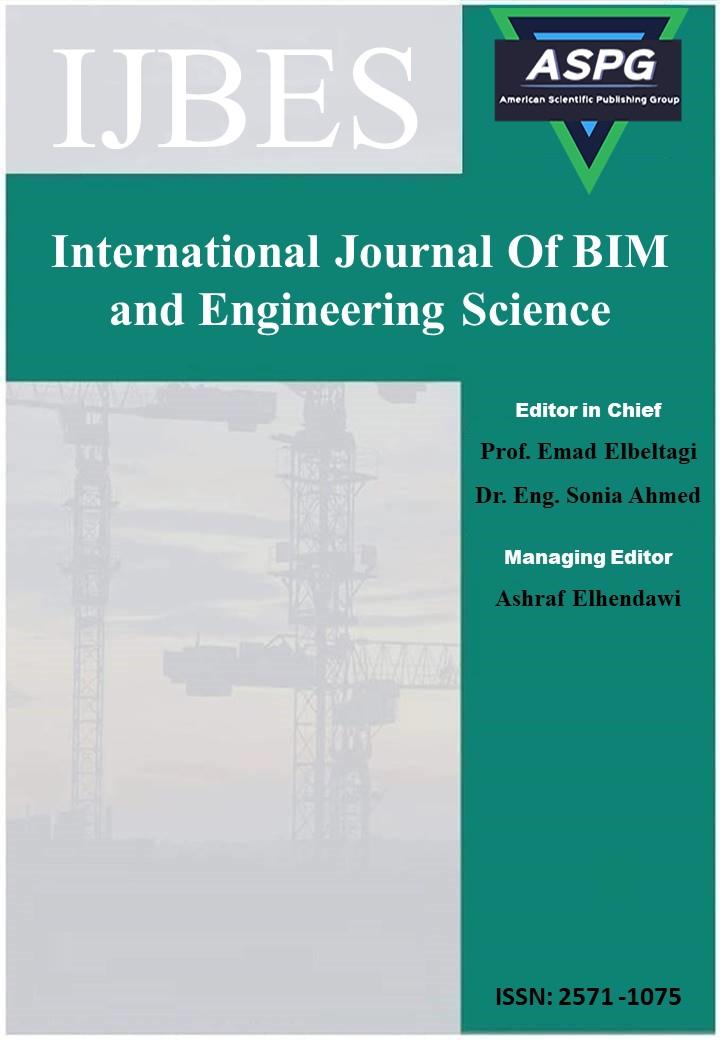

Typically, the Architecture, Engineering, and Construction (AEC) industry is considered one of the most effective contributor to the national developments worldwide. However, the AEC industry is facing myriad challenges due to the pressing calls for creativity and innovative solutions. Several issues are confronted such as failure to meet client satisfaction, delays in delivering projects on time, cost overruns, low quality, conflicts among parties, safety issues, increasing requests for change orders, tremendous increases in materials waste and project complexity. Building Information Modeling (BIM) is rapidly growing worldwide as a viable tool for improving the efficiency of the AEC industry to solve its salient issues. However, BIM is seldom adopted on the government level, especially in the developing countries. This study aims to explore the stakeholders’ perceptions on the benefits of BIM and the barriers that hindered its adoption. Furthermore, practical solutions to motivate BIM non-users to adopt BIM are proposed. A questionnaire was sent to BIM users and non-users in the Kingdom of Saudi Arabia (KSA) as a case study. The key findings that deterred the implementation of BIM were personal correlated issues such as resistance to change and lack of appropriate awareness of BIM. This study convinces the industry players concerning BIM benefits and reveals the barriers and their potential solutions to encourage them to reap the benefits from BIM adoption.
Read MoreDoi: https://doi.org/10.54216/IJBES.020201
Vol. 2 Issue. 2 PP. 01-22, (2019)
The building sector influences the Gross Domestic Product (GDP) of many countries. There is a vast amount of waste generated in the building process, with many projects suffering from delivery delays, running over budget, and resulting in buildings of minimal quality. Building Information Modeling (BIM) has shown great potential towards solving these problems. BIM sets frameworks for Architects, Engineers, and Contractors (AEC), enhancing management of the building process. This paper analyzes select framework methods, tools, and processes, identifying key guidelines required to create a BIM framework customized to local requirements; this will have a positive effect on the construction industry by lowering the cost of buildings and improving the communication among parties, and leading to the development of frameworks based on local indicators. A comprehensive literature review was conducted to determine components and factors from structure frameworks with the main findings then classified and categorized into the following sectors -- government support, maturity level measurement, standards, protocol, database, and education plan. This permits the development of a comparison highlighting the frameworks’ differences and summing up possible strategies for BIM implementation on several bases, such as region differentiation and the local industries’ Political, Economic, Socio-Cultural, Technological (PEST) aspects, allowing for greater understanding of BIM implementation on various scales. The selection of the BIM frameworks was dependent on specific criteria with a minimum score of 4 out of 5 required to merit inclusion. Three strategies for the creation of a BIM framework were discovered and were seen to vary across regions. The discovery of these strategies lays the groundwork for future research into the development of these frameworks to determine the potential advantages and downsides of each.
Read MoreDoi: https://doi.org/10.54216/IJBES.020202
Vol. 2 Issue. 2 PP. 23-48, (2019)